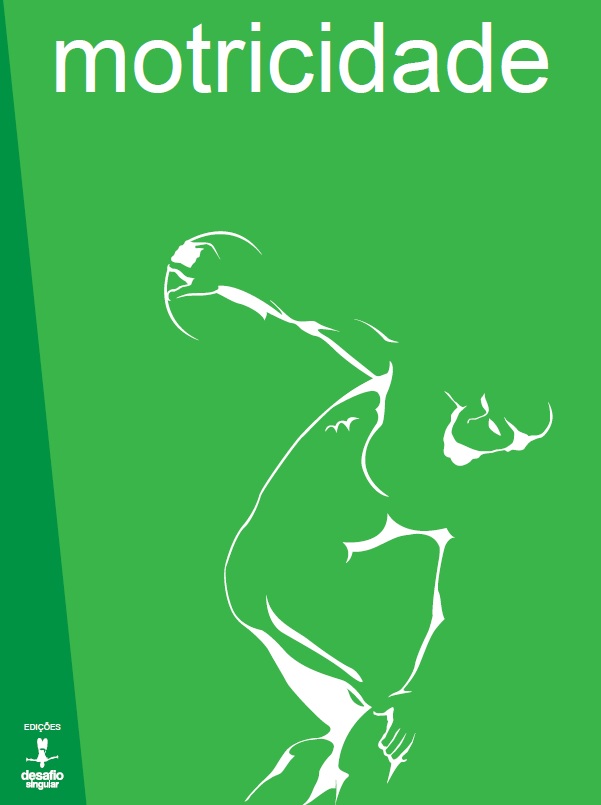Biomechanical characterization of swimmers with physical disabilities
DOI:
https://doi.org/10.6063/motricidade.16033Resumo
The evaluation of swimming technique is one of the main aspects to be considered in any training program, with biomechanics being an important source of knowledge. It was our objective to characterize the biomechanical parameters (SL and SF) relating them to the swimming velocity (v) at different intensities and to analyze within each swimming stroke cycle the intra-cyclic velocity variation (IVV) in a group of motor disabled swimmers. Eight disabled male swimmers (25.83 ± 2.93 years old, 72.45 ± 9.26 kg body mass and 1.79 ± 0.11 m of height) of the following functional classes: S6 (n = 1), S8 (n = 2) and S9 (n = 5) participated in this study. Swimmers were evaluated in the kinematic parameters v, stroke frequency (SF) and stroke length (SL) along with an incremental protocol of 6 x 200 m in the the crawl stroke. Data were registered in each step at the distances of 100 and 175 m. With increasing velocity, the mean values of SL decreased while the mean values of SF increased. To achieve higher swimming velocities, swimmers compensated the lack of the propulsive segment increasing SF to increase swimming speed. For the mean values of IVV at 100m distance, a decrease between the first and second levels, followed by a tendency to stabilize from the 2nd to the 6th level is presented. For the 175 m distance, there was a decrease in IVV with an increase in swimming velocity. Stroke frequency is directly related to the magnitude of IVV, which directly influences swimming performance.
Downloads
Publicado
Edição
Secção
Licença
Os autores dos manuscritos submetidos para publicação deverão ceder, a título integral e permanente, os direitos de autor (copyright) à revista Motricidade e às Edições Sílabas Didáticas. A cedência de direitos de autor permite a publicação e divulgação do artigo em formato impresso ou eletrónico e entrará em vigor a partir da data de aceitação do manuscrito. Os autores concedem, ainda, os direitos para a revista Motricidade utilizar e explorar o respetivo artigo, nomeadamente para licenciar, ceder ou vender o seu conteúdo a bases de resumos/indexação ou outras entidades.
Nos termos da licença “Creative Commons”, os autores poderão reproduzir um número razoável de exemplares para uso pessoal ou profissional, mas sem fins comerciais. Nos termos da licença SHERPA/RoMEO, os autores poderão, ainda, disponibilizar/arquivar uma cópia digital final (versão postprint) do artigo no seu website ou no repositório científico da sua instituição.


